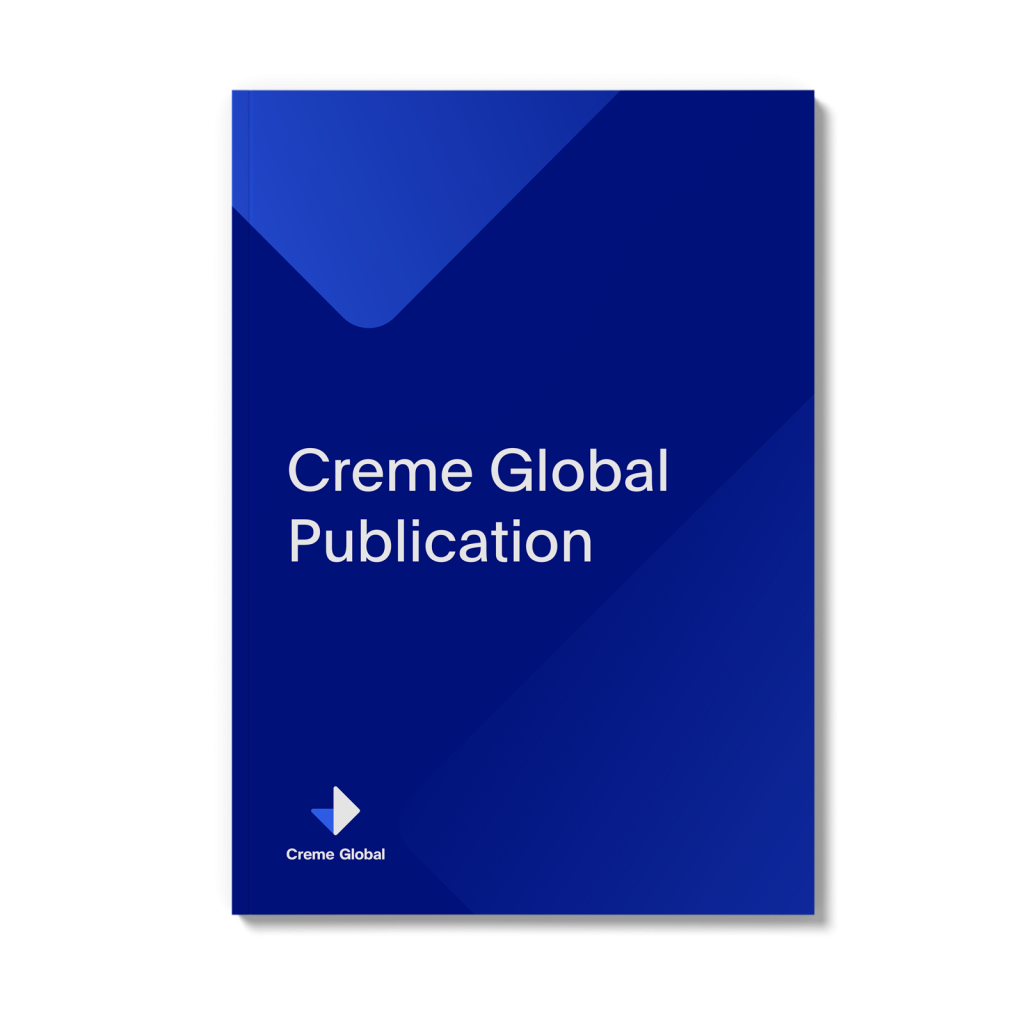This report details much of the current state-of-the-art of consumer exposure assessment data and models that can be used in chemical risk assessment, with a particular focus upon aggregate exposure assessment. Aggregate exposure considers all sources of exposure to a single chemical (e.g. hair care products, cosmetics, detergents, foods, environmental media, etc.) via all routes (oral, dermal, and inhalation). The report focuses on consumer products (not including the assessment of occupational exposure), considering the following product domains: cosmetics and personal care products, household products, food and other consumer products (such as surface coatings, adhesives, sealants, disinfectants, automotive care products, toys etc.). Exposure assessment is, by necessity, an iterative process. If, in any tier, negligible or acceptable risk cannot be demonstrated, the assessment moves to a higher tier. The risk assessment is finished if (in any tier of the approach) it has been demonstrated that the risk for the population under consideration is negligible or acceptable, or if in the highest tier the risk is not acceptable and further refinements are not possible. This approach was proposed in the WHO/IPCS framework for risk assessment of combined exposure to multiple chemicals (Meek et al, 2011). The report is divided into four sections. Section One gives background on the tiered approach to exposure assessment, including aggregate exposure assessment in the consumer product domains. Section Two provides an overview of the current exposure landscape, detailing the main data sources, models and tools that are available for chemical risk assessment in the food, cosmetics, household, and consumer products domains. Conclusions and recommendations on current opportunities for the development and provision of new tools and data are also presented based on the outcome of this landscaping exercise. This section is accompanied by a detailed spreadsheet referencing all identified data sources and tools identified for chemical exposure assessment. Section Three presents examples of case studies of aggregate exposure to the chemicals triclosan and phenoxyethanol (PhE), outlining how current models and data can be best used for higher-tier exposure assessments. In addition, there is a literature review of the broader domain of aggregate exposure assessment, detailing other examples and approaches that exist for aggregate exposure assessment. Section Four contains discussion and conclusions on areas of opportunity for exposure science over the next two to five years. The key conclusions of this report are summarised as follows: • Exposure assessments should involve an iterative process, and should be conducted using a tiered strategy, where the lowest tier (0) involves a semi-quantitative assessment of the all sources, pathways and routes contributing to aggregate exposure to a substance, the mid-tier (1) tends to be a deterministic estimate with conservative assumptions, the higher tier (2) is a more realistic estimation of population exposure with increased use of measured data using probabilistic methods, and at the highest tier (3) exposure is modelled with a person-orientated approach using raw data sets. • Many tools and databases exist to support consumer exposure assessment, as demonstrated in the landscaping effort. Users can select the data and tools that best fit their specific situation and level of assessment. • Most consumer exposures tools are designed to evaluate single substance, single use assessments. • Higher tier exposure assessments require more realistic and representative data to the situation being assessed and additional understanding of data correlations. • Subject oriented aggregate tools (PACEM, Creme Care & Cosmetics) are available that allow aggregate exposure assessment within some consumer product domains. For example, in cosmetics and personal care products, the availability of robust tools and data sets (habits and practices data with product co-use, and the use of presence probabilities) allow refined estimates of aggregate exposure. • A major challenge in estimating aggregate exposure in many product categories is obtaining representative information on exposure factors (Habits and Practices Data, Co-use Data, Chemical Concentration Data and Chemical Occurrence Data), as well as potential correlations between these factors. For some domains, such as household care products, the available data are limited. • Guidance should be developed to indicate when higher tier aggregate assessments might be a priority. Considerations include relative contributions of different sources, level of conservatism in a screening single source assessment (for example, the case study indicates a higher tier aggregate assessment may produce a lower exposure estimate than the maximum screening exposure predicted for a single uses), and total exposure levels from representative biomonitoring studies. • Model verification with real-life data (e.g. biomonitoring) on a representative range of chemicals would assist to promote use/acceptance of exposure model predictions. Wider engagement of industry, the public and regulators into the generation, harmonisation and management of input data related to consumer exposure will foster the advances in aggregate exposure modelling, especially in domains where currently little data are available.
O'Mahony C. et al on behalf of the ECETOC Task Force on guidance for effective use of human exposure data in risk assessment of chemicals
ECETOC Technical Report no.126Affiliation: European Centre for Ecotoxicology and Toxicology of Chemicals (ECETOC), November 2016
01/11/2016
Download Publication >>>
ECETOC Technical Report no.126: Guidance for effective use of human exposure data in risk assessment of chemicals

Authors: O’Mahony C. et al on behalf of the ECETOC Task Force on guidance for effective use of human exposure data in risk assessment of chemicals